In Reality, Every Night Is ‘Purge’ Night
Class- and race-conscious and uncomfortably relevant, the politically charged horror franchise doesn’t just amount to a big-screen nightmare.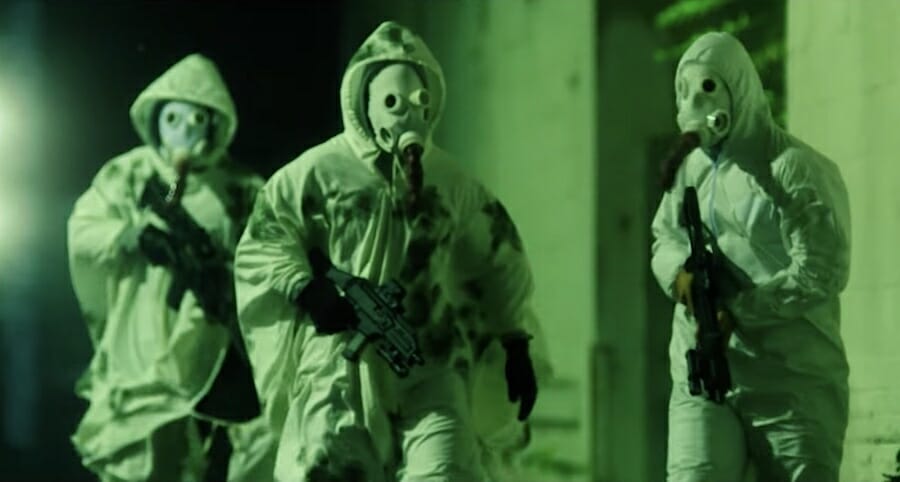 A still image from "The First Purge." (Universal Pictures via YouTube)
A still image from "The First Purge." (Universal Pictures via YouTube)
“The Purge” franchise is the most politically relevant work of modern pop culture. The four films—“The Purge,” “The Purge: Anarchy,” “The Purge: Election Year” and the recently released “The First Purge”—feature protagonists who are poor, homeless, black and brown, immigrants, criminals and otherwise marginalized people fighting to survive eliminationist violence by white, wealthy, upper-class, educated killers and the fascist government that supports them. “The Purge” series makes explicit the implicit violence of capitalism, and every horror inflicted upon the protagonists echoes the suffering of people in the real world.
The premise of the first film in the series, “The Purge,” is simple: For one night, all crime is legal in America. Assault, rape and murder are fair game. Citizens are encouraged to “unleash the beast” and abuse their fellow Americans as they see fit. The New Founding Fathers of America—the ruling political party in the series’ dystopian U.S.—began the annual event ostensibly to help Americans purge their deviant desires. After this cathartic one-night orgy of violence, people would supposedly return to their normal lives rid of their negative impulses and be good citizens for the rest of the year.
This concept could easily be the germ of a right-wing fantasy about how police and prisons are the only thing standing between good folks and hordes of violent savages. However, what becomes clear throughout the series is that the purge exists only to benefit the privileged few: The haves can spend the night in safe rooms or on the streets with military-grade arsenals, while the have-nots have no protection and are hunted for sport. “The Purge” is thus a fable in which the violence that classism, racism and capitalism inflict every day is distilled into just one night.
“The Purge” (2013) follows the upper-middle-class, pro-purge Sandin family. They support the purge politically but do not actively participate in the festivities, instead choosing to fortify their home with expensive equipment available only to those of their economic class. They are safe, secure and ignorant in their suburban fortress—until a bloody man shows up at their door asking for help.
The unnamed stranger is a homeless black man who has survived an attack by a group of young, rich, white purgers, and he immediately becomes the moral center of the film. By seeing the stranger’s humanity, the Sandins realize the cruelty of the purge, and it is only through their protection of him from his upper-class attackers that they prove their worth.
While the wealthy can turn their homes into virtual fortresses and hire private security, those outside the suburbs are not safe anywhere. “The Purge: Anarchy” (2014) shows how the other half lives on purge night. While street gangs mostly keep to themselves, government-backed death squads stalk dilapidated apartment buildings and hunt down the poor.
When the protagonists are chased by a group of spooky black teenagers, it is revealed that they are not purgers but merely middlemen. The gang is capturing people on purge nights to sell them to a group of the megawealthy, who commit their purge murders over plates of foie gras.
“The Purge: Election Year” (2016) was a creative and political departure. It focused more on action than horror, and the proletarian revolution to end the purge proposed near the end of “The Purge: Anarchy” was ultimately abandoned for a political appeal. The film ends with the election of an anti-purge candidate to the presidency, but riots from pro-purge voters are reported to be taking place during the credits.
The fourth and newest film, “The First Purge” (2018), is the most explicitly political and topical film of the series. Director Gerard McMurray and writer James DeMonaco grounded this prequel in a pre-purge world that is not much different from ours. The 1998 dragging death of James Byrd Jr. in Texas, Black Lives Matter, the 2017 rally in Charlottesville, Va., the NFL protests, the Tuskegee experiments and other racial injustices are referred to liberally throughout the film, often in shocking ways.
A scene in which a church full of black and brown people are gunned down by white supremacist mercenaries is uncomfortably reminiscent of the 2015 Charleston, S.C., shooting that took the lives of eight churchgoers. Therein lies the disquieting power of “The Purge” franchise: None of the horrors that happens in these films is fictional. Everything that happens onscreen happens in the real world, just spread out across 365 grueling days each year, instead of just one night.
“The Purge” series may be criticized for its B-movie aesthetics and limited production budgets, but much like the classic exploitation films with which it shares DNA, the series contains social commentary that is arguably more challenging and real than anything found in a megablockbuster or prestige film.
“The Purge” is one of the few class-conscious pieces of popular art. It depicts the poor, the homeless and the underclasses and shows the struggles and heroism of them all. It makes clear that the lives of leisure, luxury and safety that the privileged live come not from hard work, but from the suffering of the rest of society.
Capitalism is the real masked killer in each “Purge” film, using million-dollar arsenals to hunt down the poor through potholed streets and dilapidated slums.
Your support matters…Independent journalism is under threat and overshadowed by heavily funded mainstream media.
You can help level the playing field. Become a member.
Your tax-deductible contribution keeps us digging beneath the headlines to give you thought-provoking, investigative reporting and analysis that unearths what's really happening- without compromise.
Give today to support our courageous, independent journalists.

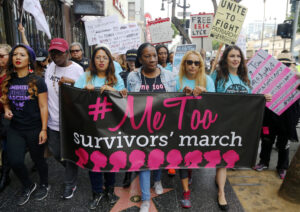
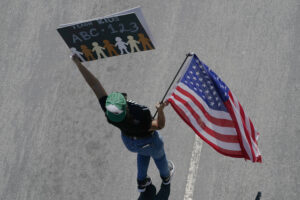
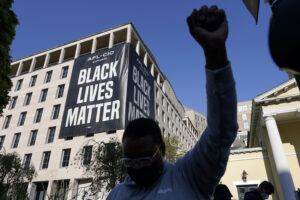
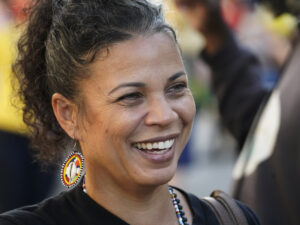

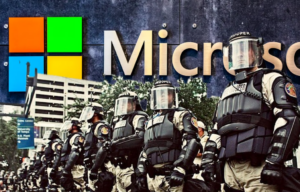


You need to be a supporter to comment.
There are currently no responses to this article.
Be the first to respond.